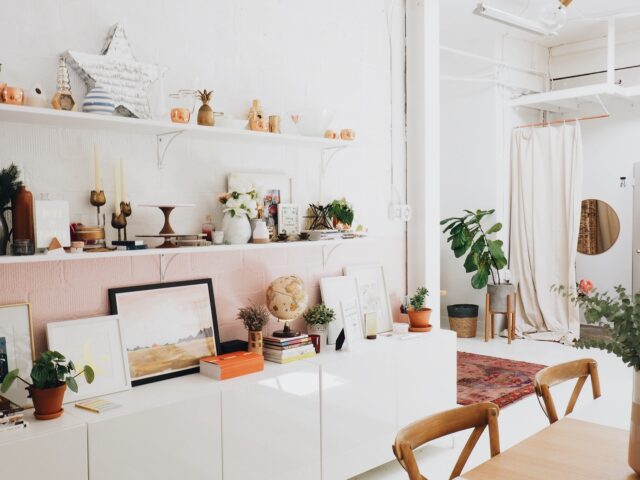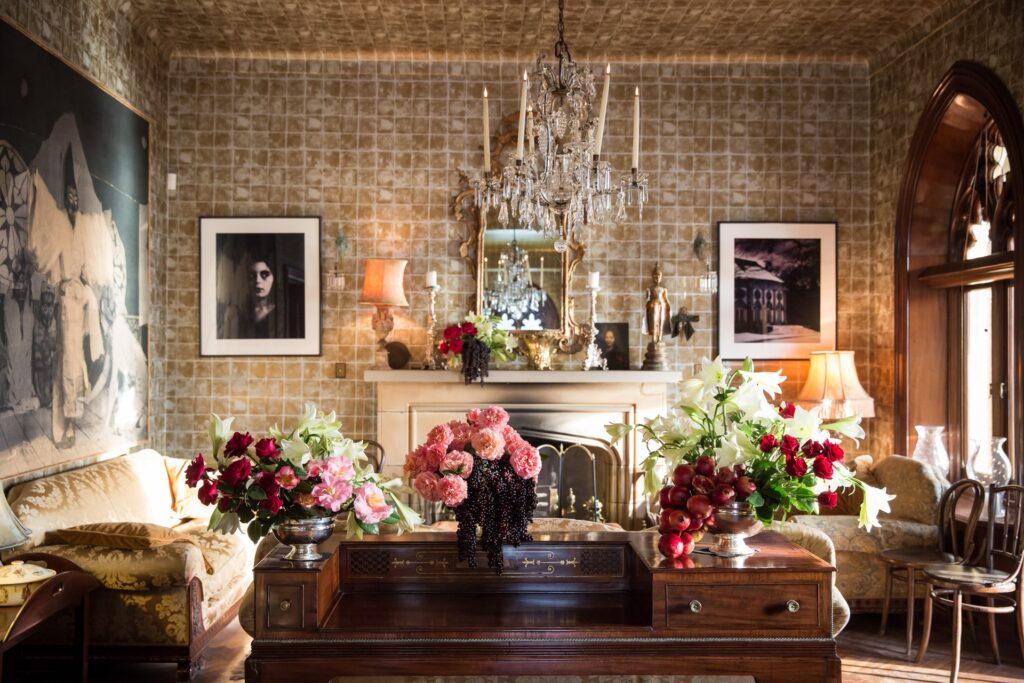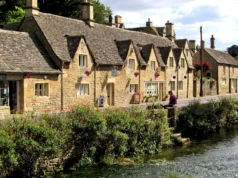
Backsplashes, like interior style, are very personal. Since this is something that you will often see, make sure it is not too much on your face. When choosing backsplashes, ensure that it is stylish and exciting. But the look is only one factor in the choice of a backslash. Others are cost, maintenance, functionality, availability, and trends.
The design of the backsplash you choose should complement or contrasts your countertop and floor to create a well thought of overall design. Interior designers work with established natural stone experts to produce remarkable effects in spaces. You will notice many extraordinary designs achieved by mixing materials and colors. Complementary variations in material and color contrast can add excitement and suspense, achieving a harmonious and elegant effect.
A back splash’s strategic positioning may also have various consequences. One wrapped around the whole kitchen exudes consistency; offering an experience of visual satisfaction and making small spaces look larger. The insertion of back-plash tiles into some parts of the kitchen, on the other hand, will effectively highlight specific areas and make a remarkable statement.
After you have looked at the other elements of your kitchen, the choice of material depends on your individual preference and budget. You will also need to get the right person for the job and source suitable materials from legit companies. Here is a compilation of the best materials for backsplashes.
Best Materials for Backslashes
1. Travertine

Saturnia Travertine stocks some of the best travertine pieces that you can find for backsplashes. The material is natural and lighter than created stone furnace tiles and more comfortable to mount. It comes in tiles from 4 to 4 inches to 18 to 18 inches. However, 12-inch squares are the largest tiles for backsplashes. Although travertine is a calcareous shape with a heavily snapped surface, the boxes are typically filled up and smoothened.
Consider covering travertine with a stem sealant to avoid staining because it is a natural material.
2. Marble
Marble’s luxury esthetic is a common back splashing material. It is easy to clean and maintain as you will need a cloth and non-toxic disinfectant a couple of times a month. Marble is available in various colors to complement your countertops and cabinet.
3. Granite
https://www.youtube.com/watch?v=zdB0n4-LfS0&ab_channel=BeautifulHome
Homeowners adore granite’s elegance and longevity. Granite comes in a wide variety of colors and designs; hence you will find a shade that suits your home. You may consider completing your kitchen design by combining a granite backsplash with countertops. The focal point of any kitchen design can be a granite backsplash. Granite is one of the most beautiful backsplash products you can use. There are plenty of natural stone choices, ranging from dark to soft, veiny to a solid color.
4. Quartzite
It is a perfect alternative for homeowners searching for a material similar to marble but with the same strength and durability as granite. Many quartzite forms look like marble, and people confuse the two often. Engaging the services of stone experts will save you from conmen who take advantage of ignorant homeowners.
5. Quartz
Quartz is an engineered stone made of about 90 percent of soil quartz with about 10 percent Polynesian. The exact percentages depend on the brand but are always the same. Quartz provides many advantages to homeowners that have made the material more popular over the years.
This material comes in a wide range of colors, styling, and design, with some looking like granite and marble. Quartz backsplashes will give you a wide selection of designs to choose from. You will readily find something that meets your taste and suits your kitchen design.
6. Slate
If you prefer a darker, more robust natural stone for your new backsplash, the slate will work best for you. While the material is common in modern kitchens, a shelf back will make any remodeling of the kitchen pleasant regardless of color and design choices. However, if you prefer an incredible darker natural stone in your center, the slate will still match perfectly. The substance can be found in a variety of darker grays and some blue.
7. Soapstone
This is another primary backsplash material used in a variety of darker tones. You will find a dark green or gray colored soapstone. Even if the material is vulnerable to scratching, scratches can easily be extracted.
Soapstone is available in a variety of dark greens and grey tones. It gives a soft look to your back. The material darkens naturally over time and is one of the unique features of soapstone. You can treat soapstone with mineral oil if you want to speed up the process.
8. Limestone
Adding calcareous material into your home will elicit light and life feelings. Although it is not the kitchen’s typical material, you can build a backsplash in a calcareous kitchen. Clean up any spills or splatters immediately to keep the surface in good shape for longer.
Calcareous colors such as gold and gray are available in several lighter colors. Variations in light gray and dark gray options are also available.
9. Onyx
If you are after a unique and sophisticated look, consider an onyx backsplash. This natural stone gives any context a unique look. Onyx is used in a mixture of light and dark colors and also has delicate designs and veins. If you would like an artwork that looks like a natural piece, onyx is a fantastic choice.
Conclusion
There are many options when choosing backsplashes, including metal, wood, and other materials. Natural or manufactured stone plates are relatively common and a great way of providing a significant visual effect. In general, a stone backsplash is also longer lasting. The combination of elegance and toughness makes stone an incredible choice. Adding a new backsplash will boost its elegance and functionality dramatically.







